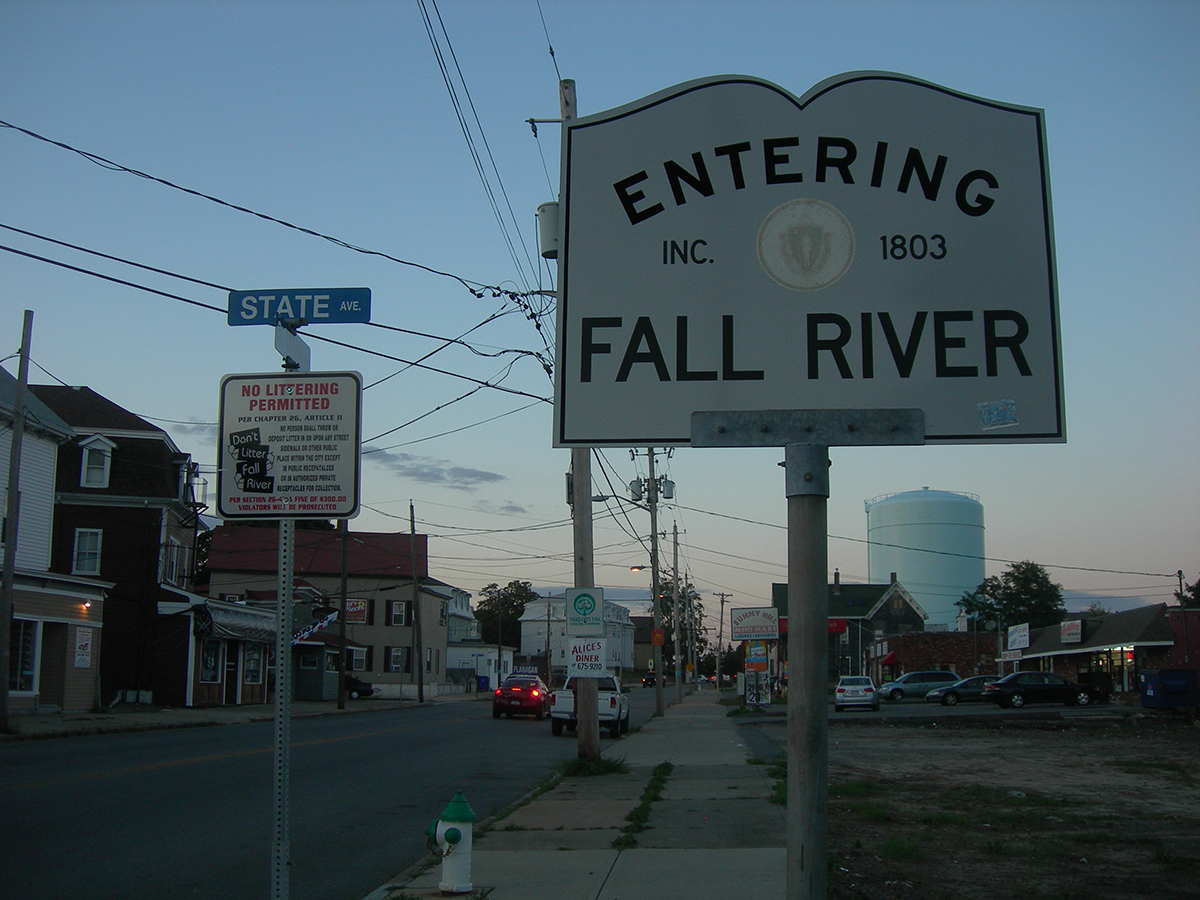Bristol County Now Considered a High-Intensity Drug Trafficking Area

Fall River photo by Jimmy Emerson via Flickr/Creative Commons
On Thursday, the White House Director of National Drug Control Policy deemed Bristol County one of 14 new High-Intensity Drug Trafficking Areas nationwide.
Despite the widespread opioid crisis in New England, Bristol—which includes towns such as Attleboro, Mansfield, Taunton, and Fall River—was the only county in the region to receive the designation. Being added to the list is, of course, a red flag for the area, but it also entitles Bristol County to more federal resources meant to curb its drug problem.
In a statement, Director Michael Botticelli said the designation will expand prevention efforts in the county:
“The High Intensity Drug Trafficking Areas program is an important part of this Administration’s work to expand community-based efforts to prevent drug use, pursue ‘smart on crime’ approaches to drug enforcement, work to reduce overdose deaths, increase access to treatment, and support millions of Americans in recovery.”
Bristol County, like many communities in New England, has a history with drug problems. In February of last year, data showed that, for every 1,000 people prescribed opioid medications, 15.7 exhibited “concerning” behavior that could lead to abuse. From 2000 to 2014, Bristol was second only to Middlesex County in unintentional opioid overdose deaths in Massachusetts, with 1,131 during that timespan.
Tennessee, Virginia, Florida, Michigan, New York, Oregon, Maryland, and West Virginia also had counties added to the high-intensity list.


